Home>Interior Design>The World’s Best Interior Designers Love Using This Color
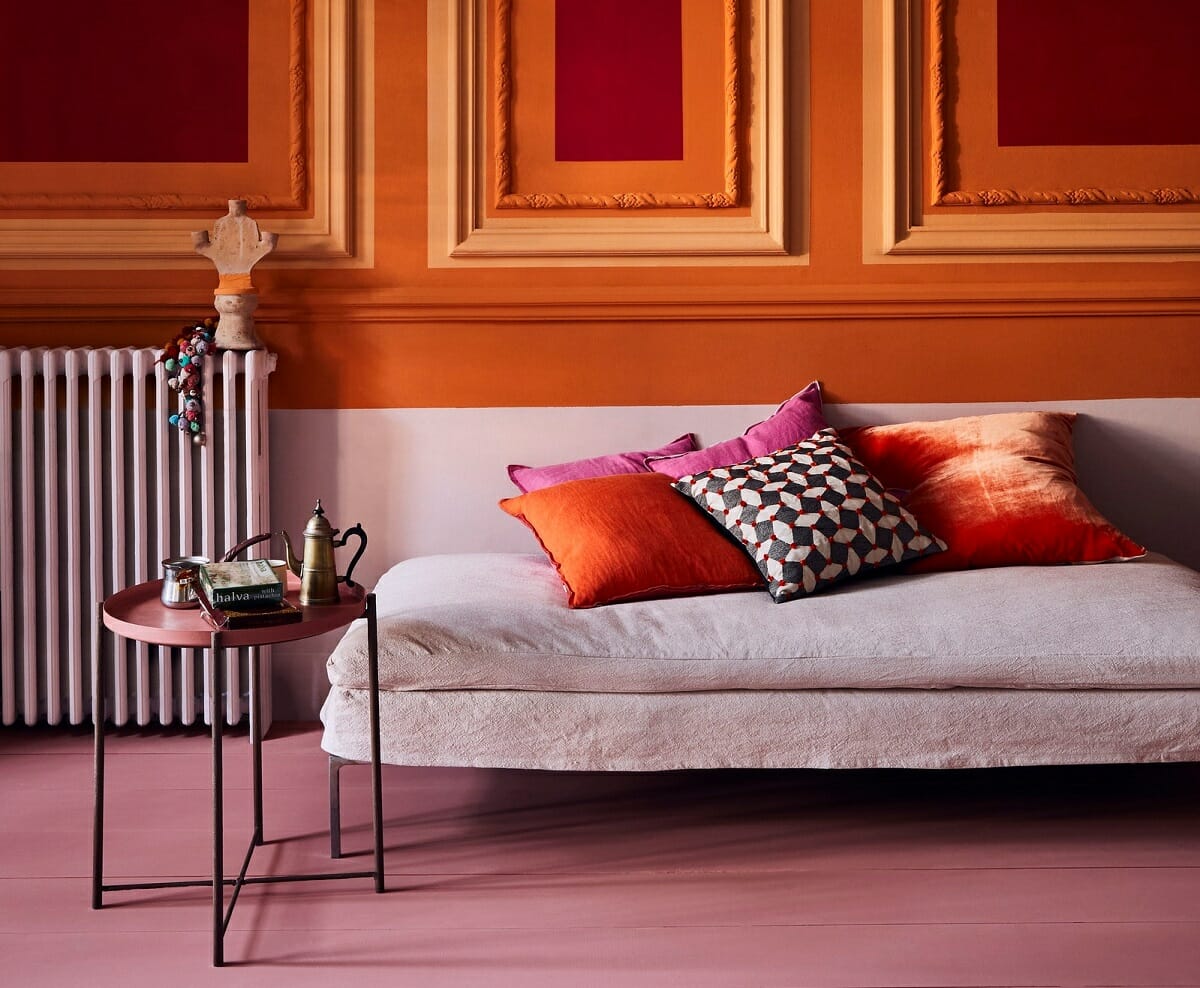

Interior Design
The World’s Best Interior Designers Love Using This Color
Modified: January 19, 2024
Discover why interior designers around the world are obsessed with this color. Enhance your space with the expertise of renowned designers.
(Many of the links in this article redirect to a specific reviewed product. Your purchase of these products through affiliate links helps to generate commission for Storables.com, at no extra cost. Learn more)
Introduction
When it comes to interior design, color holds immense power. It has the ability to transform a space, evoke emotions, and create a desired ambiance. From bold and vibrant hues to soft and soothing tones, the choice of color can make or break the overall aesthetic of a room.
Among the myriad of colors available, there is one shade that consistently finds favor among top interior designers – a color that has the ability to elevate any design scheme and leave a lasting impression on anyone who enters the space.
In this article, we will delve into the captivating world of interior design and explore why designers from around the globe love using this color. We will uncover its versatility, examine how it enhances different design styles, and even showcase real-world examples of top interior designers seamlessly incorporating this color into their projects. So, if you’re ready to embark on a journey of color and design, let’s dive in!
Key Takeaways:
- Blue is the go-to color for top interior designers due to its calming effect, timeless appeal, and seamless integration into various design styles, making it a powerful tool in creating visually stunning and emotionally resonant spaces.
- Whether creating a serene sanctuary or injecting energy into a room, the versatility of blue allows for endless possibilities in interior design, from creating a coastal vibe to adding a touch of sophistication and unexpected contrast.
The Power of Color in Interior Design
Color is a fundamental element of interior design, and its importance cannot be overstated. It has a profound impact on our emotions, moods, and overall well-being. Different colors evoke different feelings and can influence the perception of a space.
When used strategically, color has the ability to create a harmonious and balanced environment. It can visually expand or contract the size of a room, alter the perception of height or width, and even affect the way we perceive temperature and brightness.
Color psychology plays a crucial role in interior design. For example, warm colors like red, orange, and yellow are known to stimulate energy, creativity, and excitement. They are often used in social spaces such as living rooms and dining areas to create a lively and inviting atmosphere. On the other hand, cool colors like blue, green, and purple have a calming effect and are often used in bedrooms and spa-like bathrooms to promote relaxation and serenity.
But among the vast spectrum of colors, there is one shade that seems to have captured the hearts of interior designers – a color that possesses a unique blend of sophistication, versatility, and timeless appeal.
This color is none other than blue. From deep navy to vibrant turquoise, blue has the power to impart a sense of tranquility and elegance to any space it graces.
In the next section, we will explore why interior designers across the world have an abiding love for this captivating color.
Why Designers Love Using this Color
There are several reasons why interior designers have an affinity for using the color blue in their design projects.
First and foremost, blue is a color that is widely associated with serenity and calmness. It has a soothing effect on the mind and can create a peaceful and relaxing atmosphere within a space. This makes it an ideal choice for bedrooms, bathrooms, and meditation areas, where the goal is to promote a sense of tranquility and restfulness.
Another reason designers love using blue is its versatility. Blue can be easily integrated into various design styles, from modern and contemporary to traditional and coastal. It effortlessly adapts to different color schemes and can be paired with neutrals like white and gray for a subtle and timeless look, or with complementary colors like yellow or orange for a bold and energizing statement.
Furthermore, blue is a color that has a timeless appeal. It can withstand passing design trends and remains a classic choice that never goes out of style. This makes it appealing to both designers and clients who want to create a space that will stand the test of time.
In addition to its visual appeal, blue also holds symbolic meanings. It is often associated with trust, loyalty, and wisdom, making it an excellent choice for professional settings such as offices and conference rooms. The color blue can convey a sense of reliability and professionalism and instill a sense of confidence in clients and visitors.
Lastly, blue has a unique ability to evoke a sense of connection with nature. It is reminiscent of clear blue skies, calming ocean waves, and lush green landscapes. This connection to nature can bring a sense of peace and harmony to indoor spaces, creating a serene ambiance that is sought after by many.
With all these qualities combined, it comes as no surprise that interior designers consistently turn to the color blue to enhance their design projects. Its calming nature, versatility, timeless appeal, and connection to the natural world make it a powerful tool in creating visually stunning and emotionally resonant spaces.
Exploring the Versatility of the Color
One of the reasons why interior designers adore using the color blue is its remarkable versatility. Blue comes in a wide range of shades and tones, each with its own distinct personality and visual impact.
Starting with the darkest shades of blue, such as navy or midnight blue, these hues exude sophistication and gravitas. They add a sense of depth and richness to a space, making them perfect for creating a cozy and intimate atmosphere in rooms like libraries or formal dining areas.
On the opposite end of the spectrum, lighter shades like sky blue or baby blue bring a sense of freshness and airiness to a space. These lighter blues are often used in kitchens, bathrooms, and bedrooms to create a bright and cheerful environment.
Moving to the middle range of blue, we find shades like teal or turquoise. These vibrant and energetic blues evoke a sense of playfulness and creativity. They add a pop of color and visual interest to any room, making them popular choices for accent walls, furniture, and accessories.
The versatility of blue extends beyond the colors themselves. Blue can be combined with other colors to create different visual effects and moods. For example, pairing blue with white creates a crisp and clean look that is reminiscent of coastal or Scandinavian design. Combining blue with gold or brass accents adds a touch of luxury and opulence to a space.
Additionally, blue can be used as a neutral backdrop to highlight other colors in a room. For instance, pairing blue walls with vibrant artwork or bold furniture creates a striking contrast and draws attention to those elements.
Moreover, blue can be used in different design styles. It seamlessly integrates into modern, contemporary, traditional, and even eclectic designs. Blue can enhance the sleek and minimalist aesthetic of a modern space, add a touch of sophistication to a traditional interior, or bring a sense of eclectic charm to an eclectic design.
Whether it’s creating a calm and serene sanctuary or injecting energy and vibrancy into a room, the versatility of the color blue makes it a go-to choice for interior designers who want to add depth, character, and a hint of magic to their designs.
How this Color Enhances Different Design Styles
One of the remarkable aspects of the color blue is its ability to enhance and complement a variety of design styles. Let’s explore how this versatile color can elevate different design aesthetics.
1. Modern and Contemporary:
In modern and contemporary design, blue can add a sense of sophistication and tranquility. Lighter shades of blue, like pale blue or powder blue, create a fresh and airy atmosphere, while darker shades, such as navy or royal blue, add depth and drama. Blue can be utilized as an accent color through furniture, artwork, or decorative accessories, or it can be used as a dominant color on walls or large furnishings.
2. Traditional:
Blue has long been associated with traditional design styles. In a traditional setting, blue can be used to create a timeless and elegant ambiance. It can be incorporated through classic patterns like damask or toile, as well as in rich upholstery fabrics like velvet or silk. Deep shades of blue, such as sapphire or indigo, can create a sense of opulence when used in furniture or drapery.
3. Coastal and Nautical:
Blue is the quintessential color of coastal and nautical design. Its connection to the sea and sky makes it perfect for creating a beach-like atmosphere. Shades of turquoise, aqua, and seafoam can be used to evoke images of crystal clear waters, while navy and white combinations bring to mind classic sailor motifs. Blue and white striped patterns are a common feature in this design style.
4. Scandinavian:
In Scandinavian design, blue is often paired with white to create a clean and minimalistic aesthetic. Light shades of blue, like icy blue or pale blue, contribute to the light and airy atmosphere that is characteristic of Scandinavian interiors. Blue textiles, such as rugs or throws, can bring warmth and texture to a space without overpowering the overall simplicity of the design.
5. Eclectic:
Blue can also play a prominent role in eclectic design styles. Bright and vibrant shades of blue can be incorporated through bold patterns, funky artwork, or unique furniture pieces. Mixing different shades of blue with other bold colors and patterns can create a visually stimulating and eclectic space that is full of personality and character.
These are just a few examples of how the color blue can enhance different design styles. Its versatility allows it to seamlessly integrate into various aesthetics, adding depth, character, and a touch of serenity to any space.
Case Studies: Examples of Top Interior Designers Incorporating this Color
Let’s take a closer look at how some of the world’s top interior designers have skillfully incorporated the color blue into their design projects, showcasing its versatility and impact.
1. Kelly Wearstler:
Known for her bold and eclectic designs, Kelly Wearstler seamlessly incorporates blue into her projects. In a luxurious penthouse apartment, she used rich navy blue velvet sofas as a focal point in the living room, creating a sense of grandeur and elegance. The deep blue color contrasts beautifully with the surrounding neutral tones, adding depth and drama to the space.
2. Nate Berkus:
In one of his designs, Nate Berkus showcases how blue can be utilized to create a serene and inviting bedroom. He combines soft shades of blue with warm neutral tones, creating a calming retreat. The blue accents, such as throw pillows and artwork, add a touch of character and visual interest without overwhelming the space.
3. Joanna Gaines:
Joanna Gaines, known for her rustic and farmhouse-inspired designs, incorporates blue elements to add a pop of color and personality. In a kitchen design, she uses blue subway tiles as a backsplash, bringing a touch of coastal charm to the space. The light blue hue complements the white cabinetry and creates a fresh and timeless look.
4. Marcel Wanders:
Marcel Wanders showcases the versatility of blue in a modern and contemporary design. In a sleek and minimalist living room, he pairs a deep blue accent wall with white and gray furniture. The bold blue hue adds a sense of depth and visual interest to the space, creating a striking focal point.
5. Kelly Hoppen:
Kelly Hoppen incorporates blue into her designs to create a sense of luxury and sophistication. In a bedroom design, she uses a mix of blue tones, such as navy and sky blue, to create a serene and elegant atmosphere. The blue accents, such as bedding and curtains, add a sense of tranquility and elevate the overall aesthetic of the room.
These case studies highlight the diverse ways in which top interior designers incorporate the color blue into their designs. From bold and dramatic use of blue as a focal point to subtle and serene accents, these designers demonstrate the power of this color in creating visually stunning and emotionally resonant spaces.
Tips for Incorporating this Color in Your Home
If you’re inspired by the beauty and versatility of the color blue and want to incorporate it into your own home, here are some tips to help you do so:
Read more: How To Use A Color Wheel For Interior Design
1. Consider the Mood:
First, think about the mood you want to create in the space. Lighter shades of blue, like pastels or sky blue, can make a room feel airy and calm, while darker shades, like navy or royal blue, create a more dramatic and cozy ambiance.
2. Start Small:
If you’re unsure about committing to a full room of blue, start small by adding blue accents. Incorporate blue through throw pillows, curtains, rugs, or artwork. These smaller touches can add pops of color and create visual interest in the space.
3. Mix and Match:
Experiment with different shades of blue and combine them with other colors. Pairing blue with neutrals like white and gray creates a classic and timeless look, while combining it with complementary colors like yellow or orange can add energy and vibrancy to a space.
4. Use Blue as a Neutral:
Think of blue as a neutral backdrop that allows other colors to shine. Use blue as a base color on walls or larger furniture pieces, and then incorporate other colors through accessories and décor items. This allows for flexibility in changing the color scheme in the future.
Read more: What Is The Best Color For Interior Walls
5. Embrace Patterns:
Introduce blue through patterns to add visual interest and depth to a space. Blue patterns like stripes, florals, or geometric designs can be incorporated through wallpaper, upholstery fabric, or accent cushions. This adds a layer of sophistication and texture to the overall design.
6. Create a Coastal Vibe:
If you love the idea of a beachy and coastal atmosphere, use shades of blue that evoke a sense of the sea. Think turquoise, aqua, or seafoam. Incorporate coastal-inspired elements such as driftwood accents, woven textures, and nautical-inspired décor to create a coastal vibe.
7. Combine Different Design Styles:
Don’t be afraid to mix different design styles when incorporating blue. Pairing blue with traditional elements like antique furniture or ornate mirrors can create an eclectic and unique look. Mixing blue with modern or industrial elements adds a touch of sophistication and unexpected contrast.
Remember, the most important thing is to have fun and let your personal style shine through when incorporating the color blue into your home. Whether you choose to make it the focal point of a room or use it as an accent color, the versatility and beauty of blue will surely bring a sense of charm and serenity to your living space.
Conclusion
The color blue holds a special place in the world of interior design, captivating the hearts of designers and homeowners alike. Its power to create a tranquil ambiance, its timeless appeal, and its versatility make it a beloved choice for designers around the world.
We’ve explored the impact of color in interior design and discovered why designers love using the color blue. Its ability to evoke emotions, its flexibility in different design styles, and its connection to nature make it an invaluable tool in creating visually stunning and emotionally resonant spaces.
From the bold and dramatic navy blue to the serene and soothing pastel blue, blue can transform any room into a personal sanctuary. It can be used as an accent color, a neutral backdrop, or a prominent focal point. Whether it’s a modern and contemporary design, a traditional and elegant style, or an eclectic mix of influences, blue effortlessly enhances and elevates the overall aesthetic of a space.
As you embark on your own interior design journey, don’t hesitate to embrace the power of blue. Experiment with different shades, mix and match with other colors, and let your personal style shine through. Whether you incorporate blue through furniture, accessories, or wall colors, it has the potential to create a space that is both visually captivating and emotionally uplifting.
So, let your creativity soar and immerse yourself in the world of blue. Discover the magic it brings to your home and embrace the serenity and beauty that this captivating color has to offer.
Frequently Asked Questions about The World's Best Interior Designers Love Using This Color
Was this page helpful?
At Storables.com, we guarantee accurate and reliable information. Our content, validated by Expert Board Contributors, is crafted following stringent Editorial Policies. We're committed to providing you with well-researched, expert-backed insights for all your informational needs.
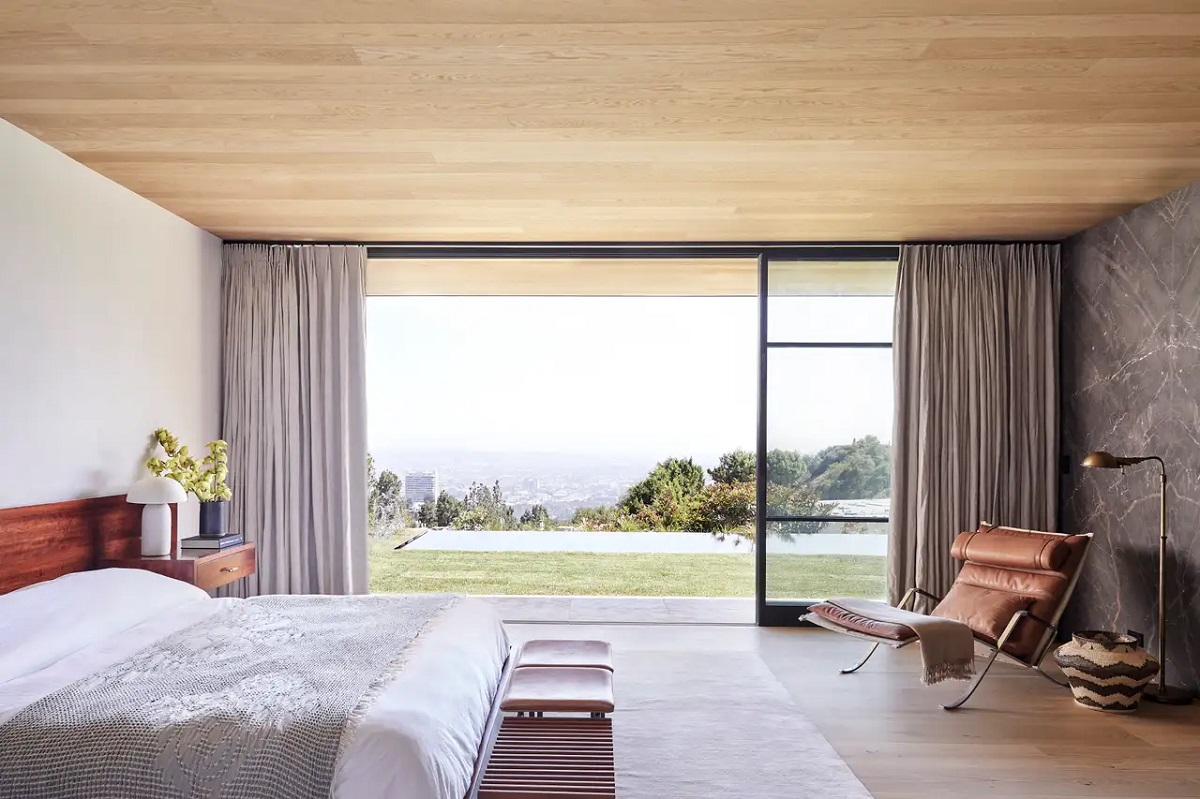
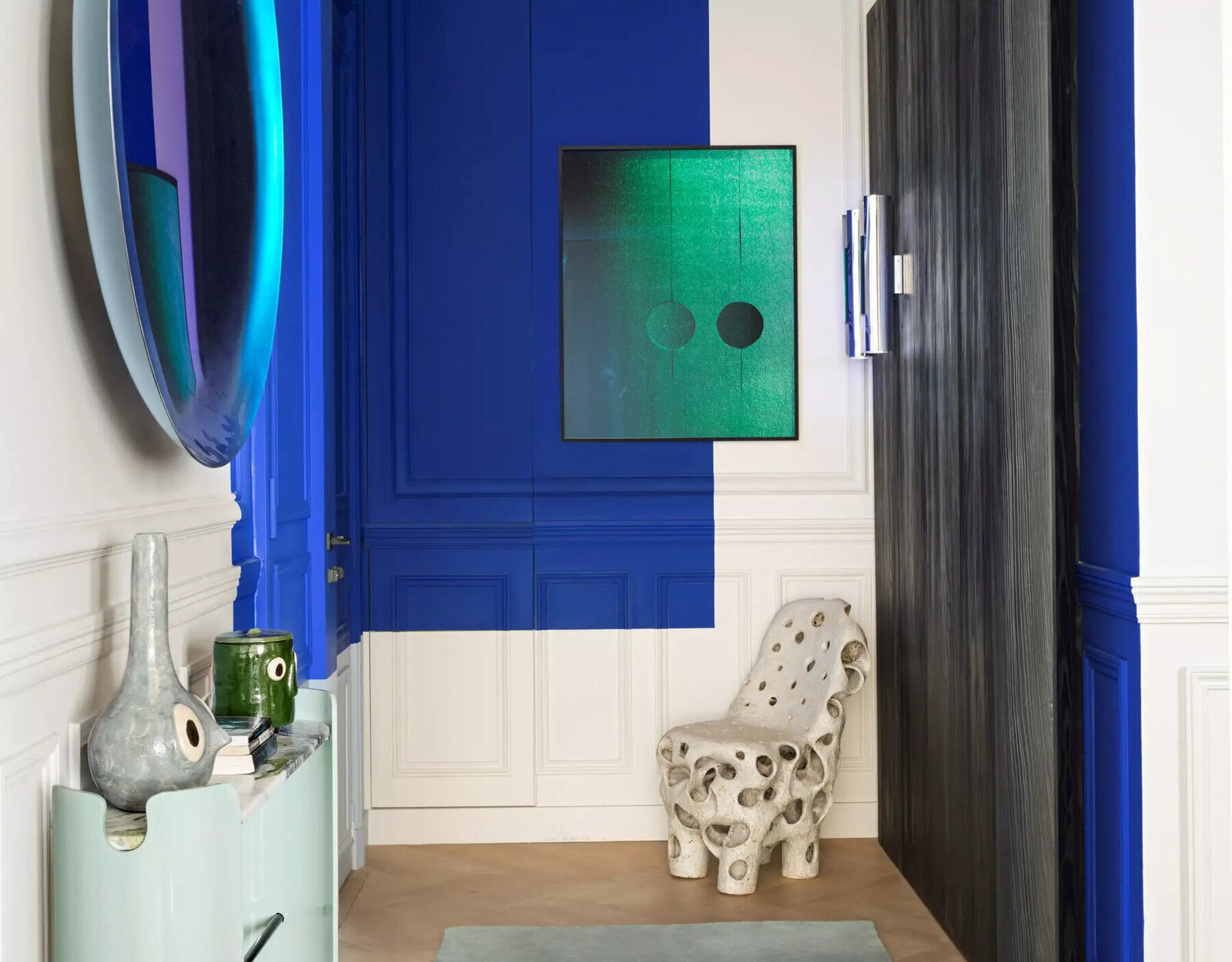
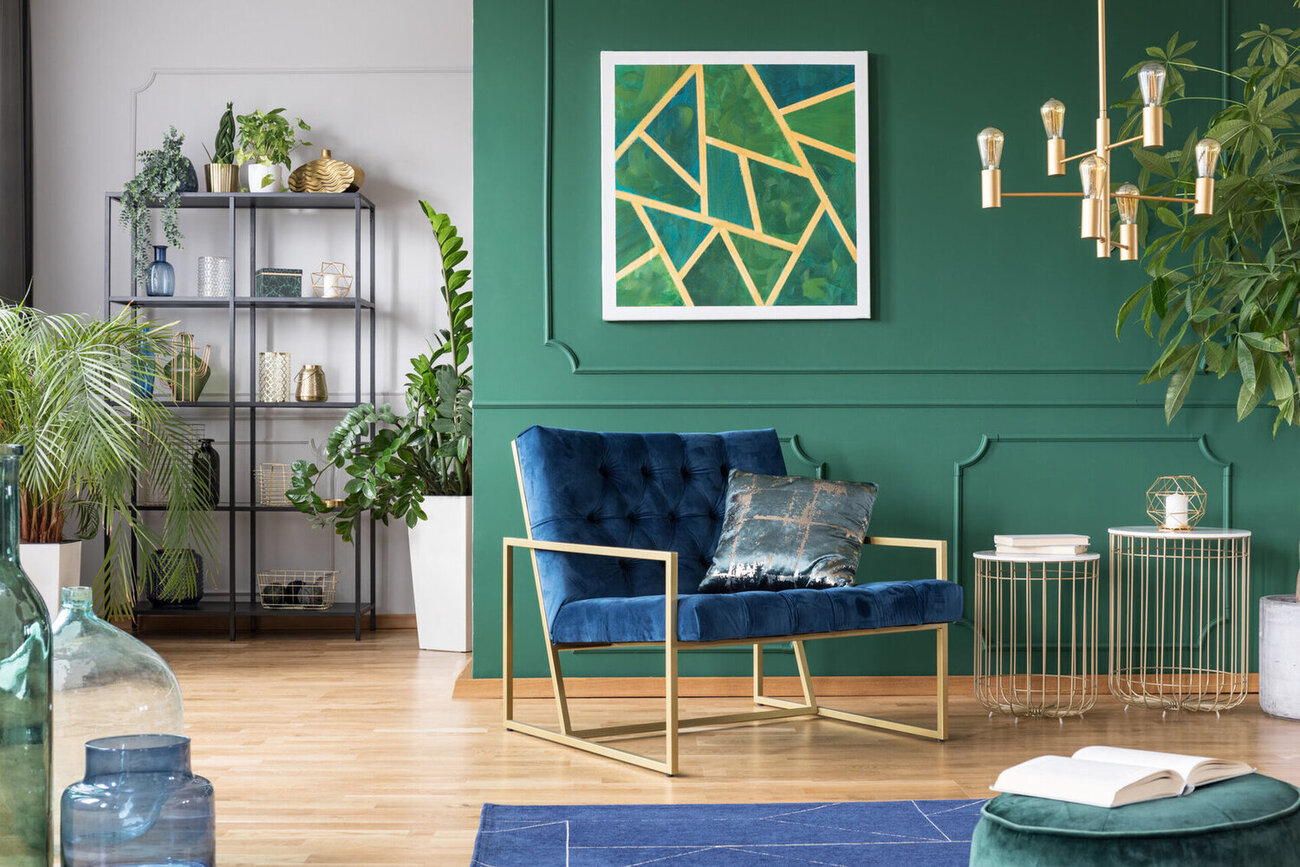
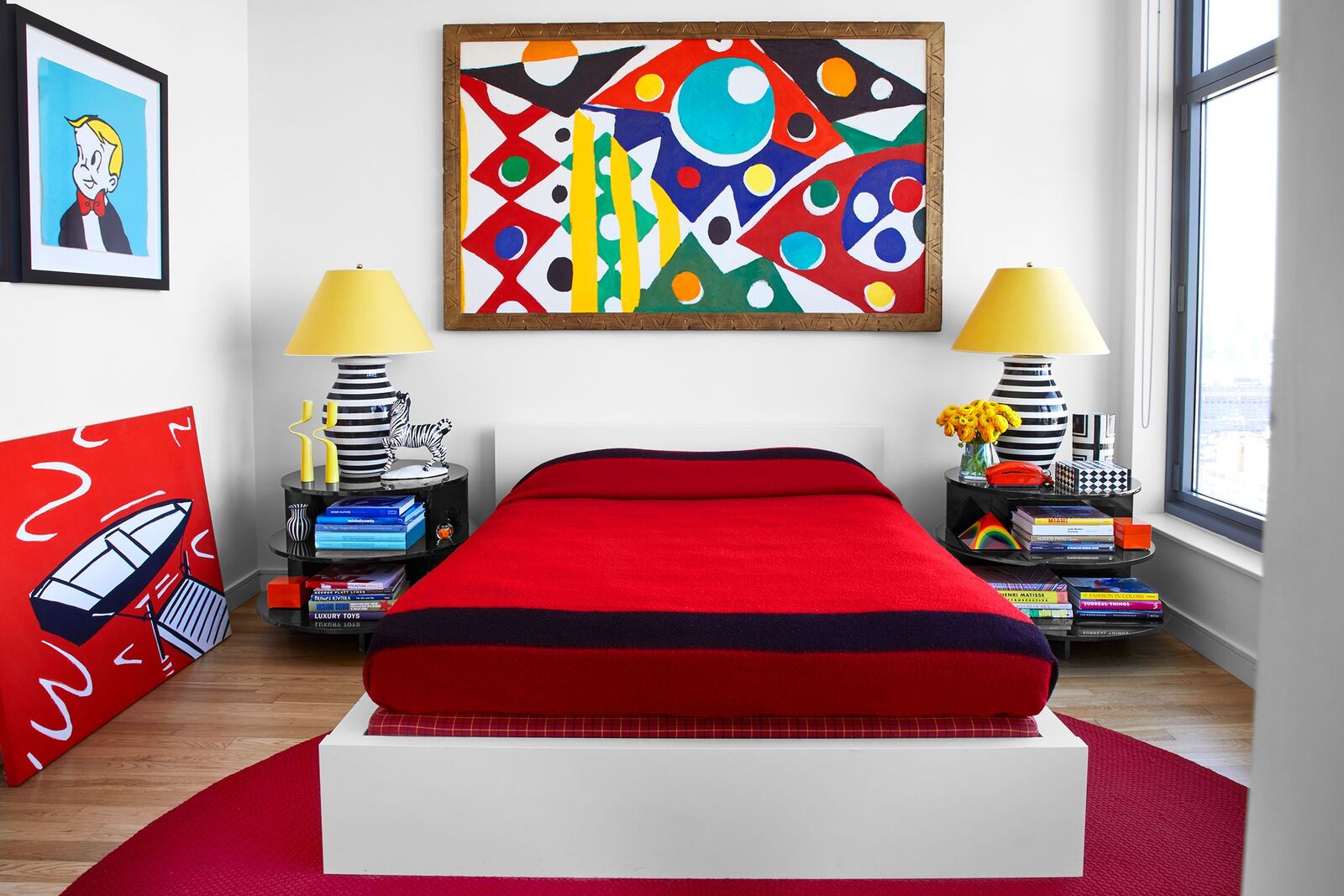
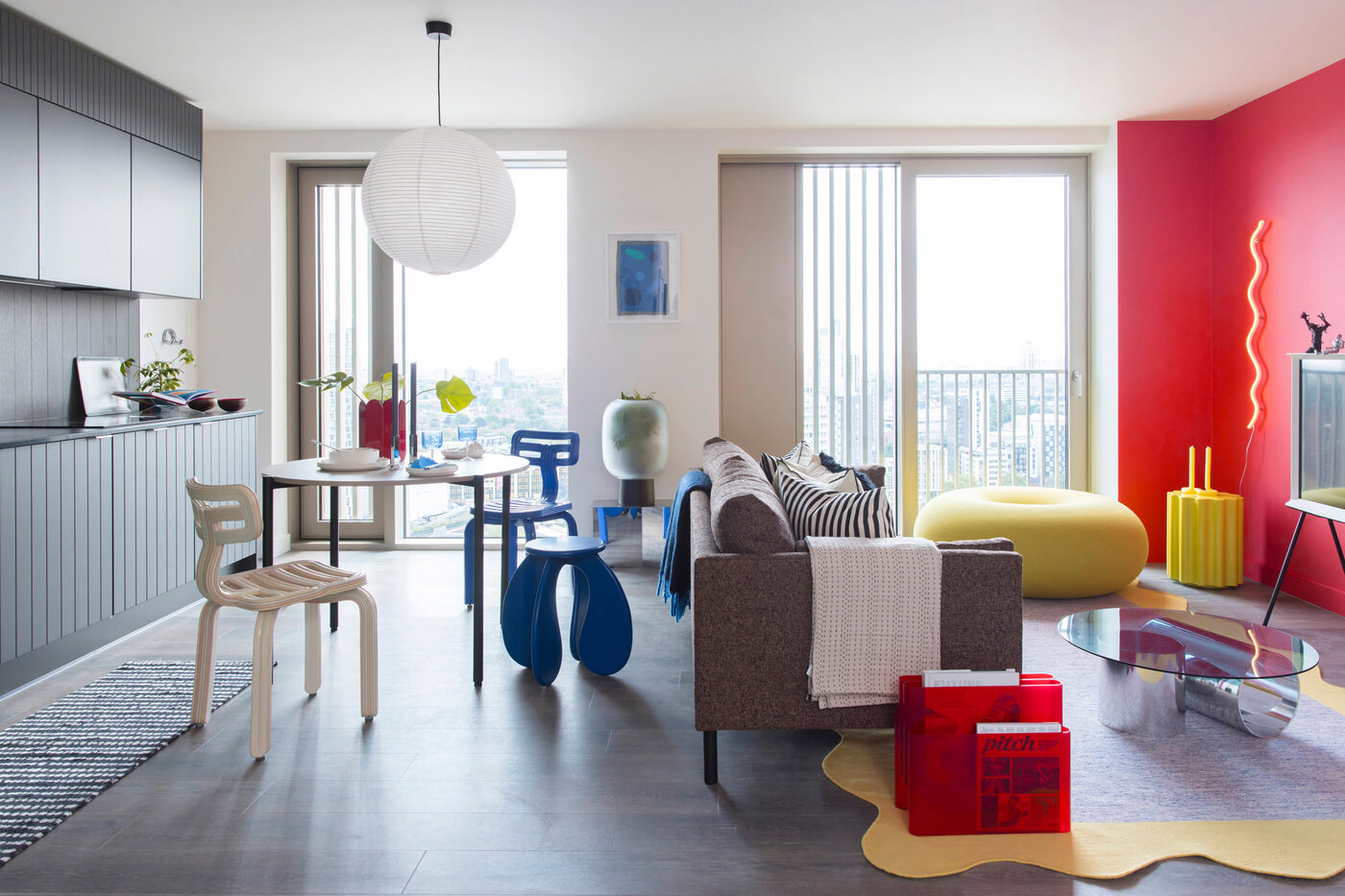
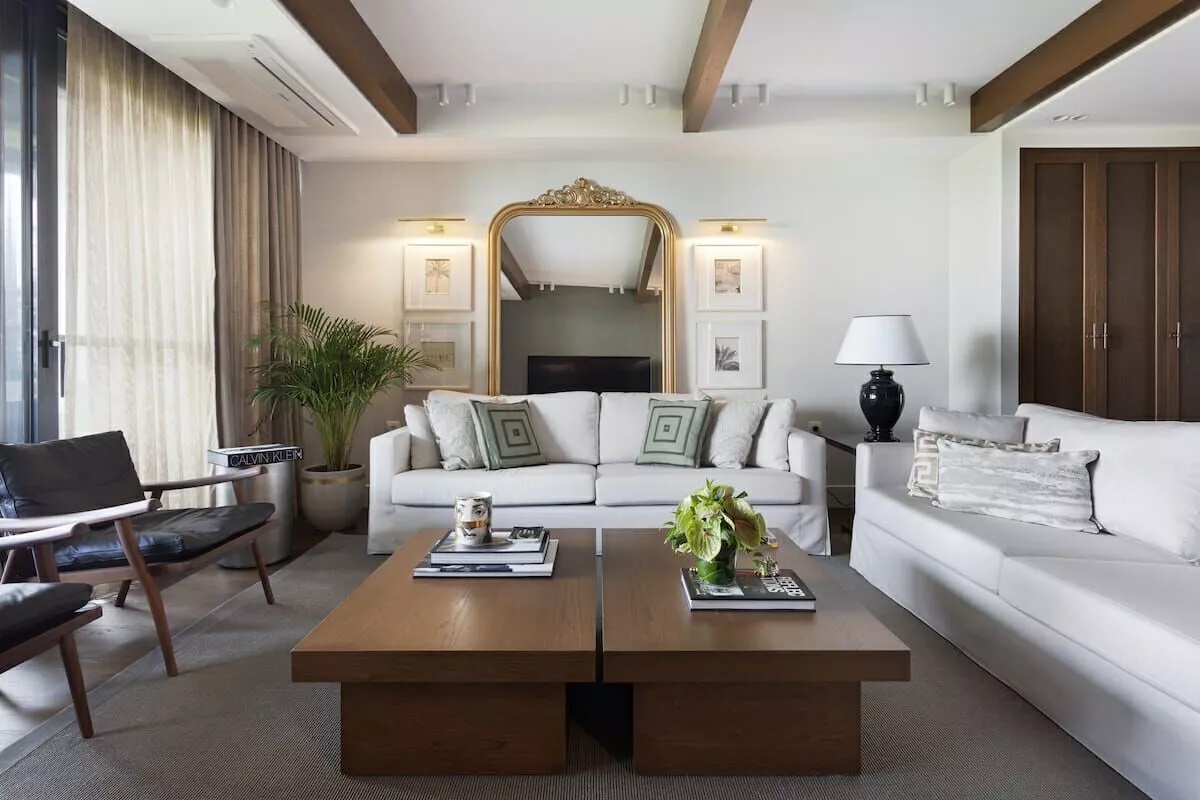
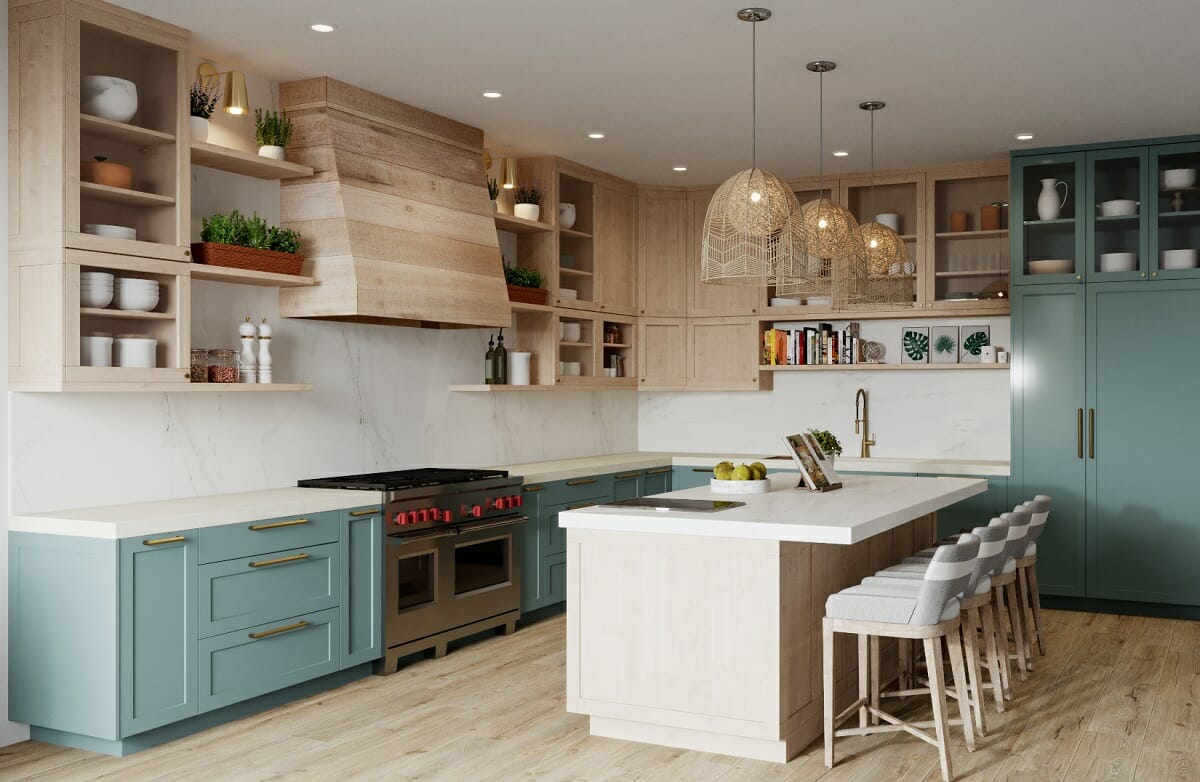
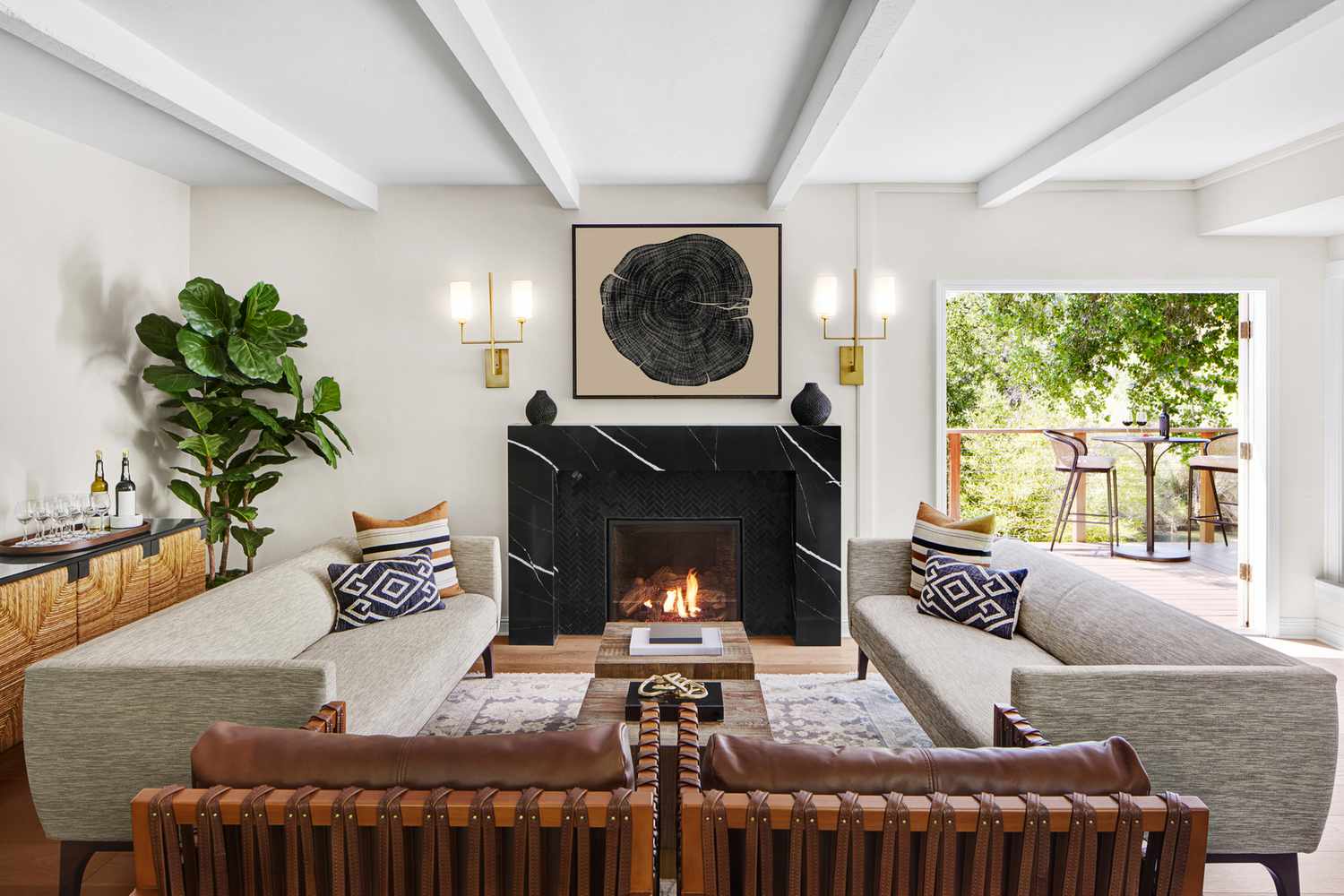
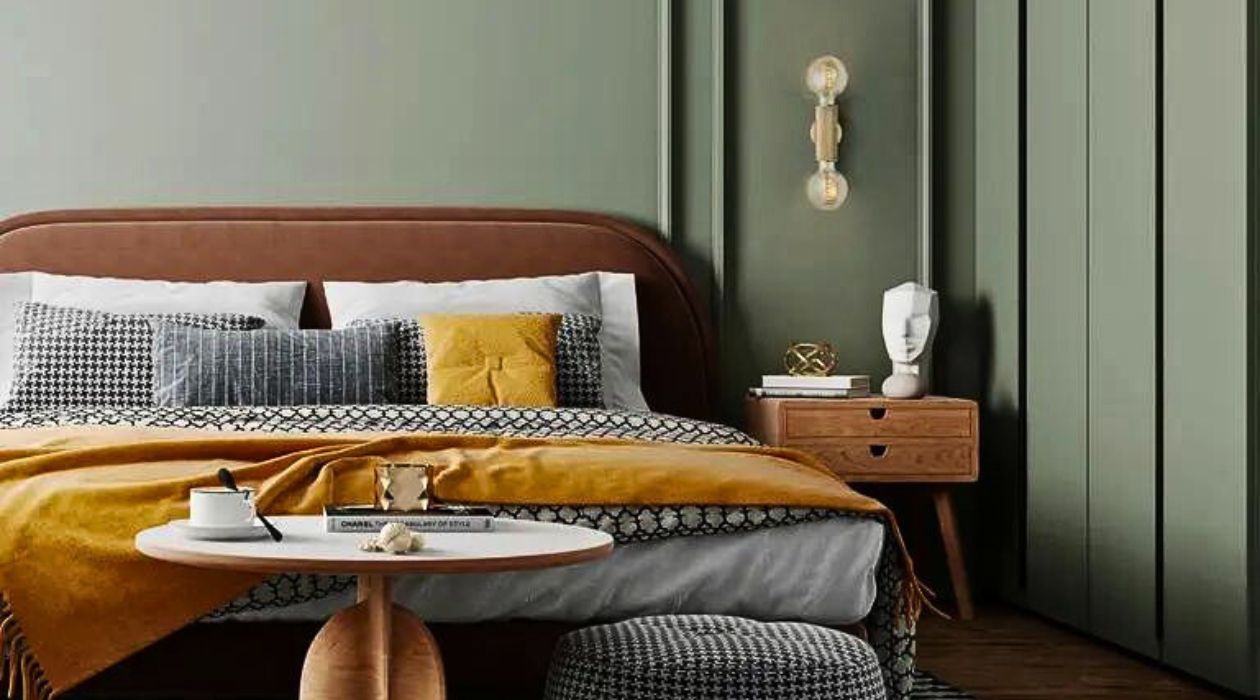
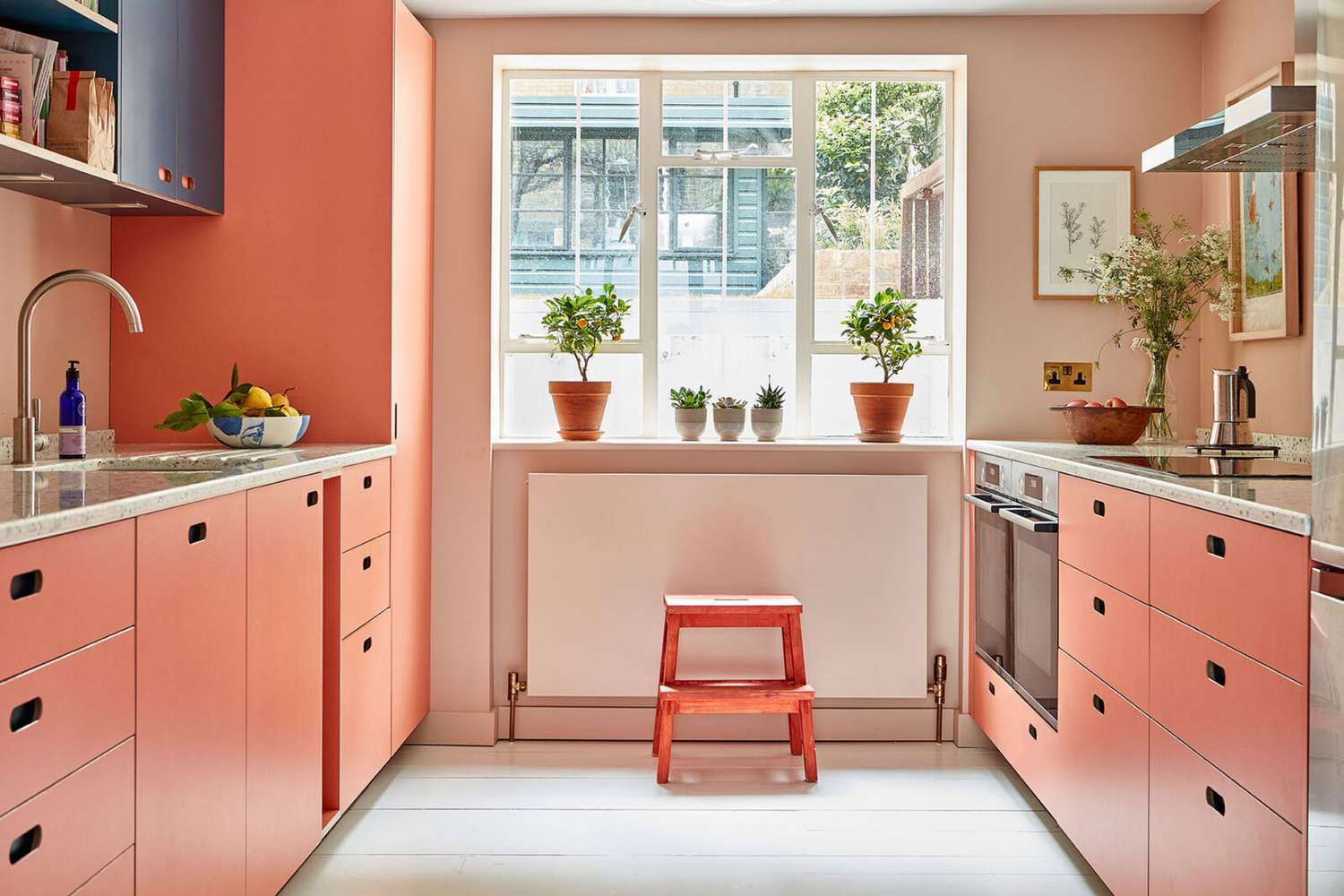

0 thoughts on “The World’s Best Interior Designers Love Using This Color”